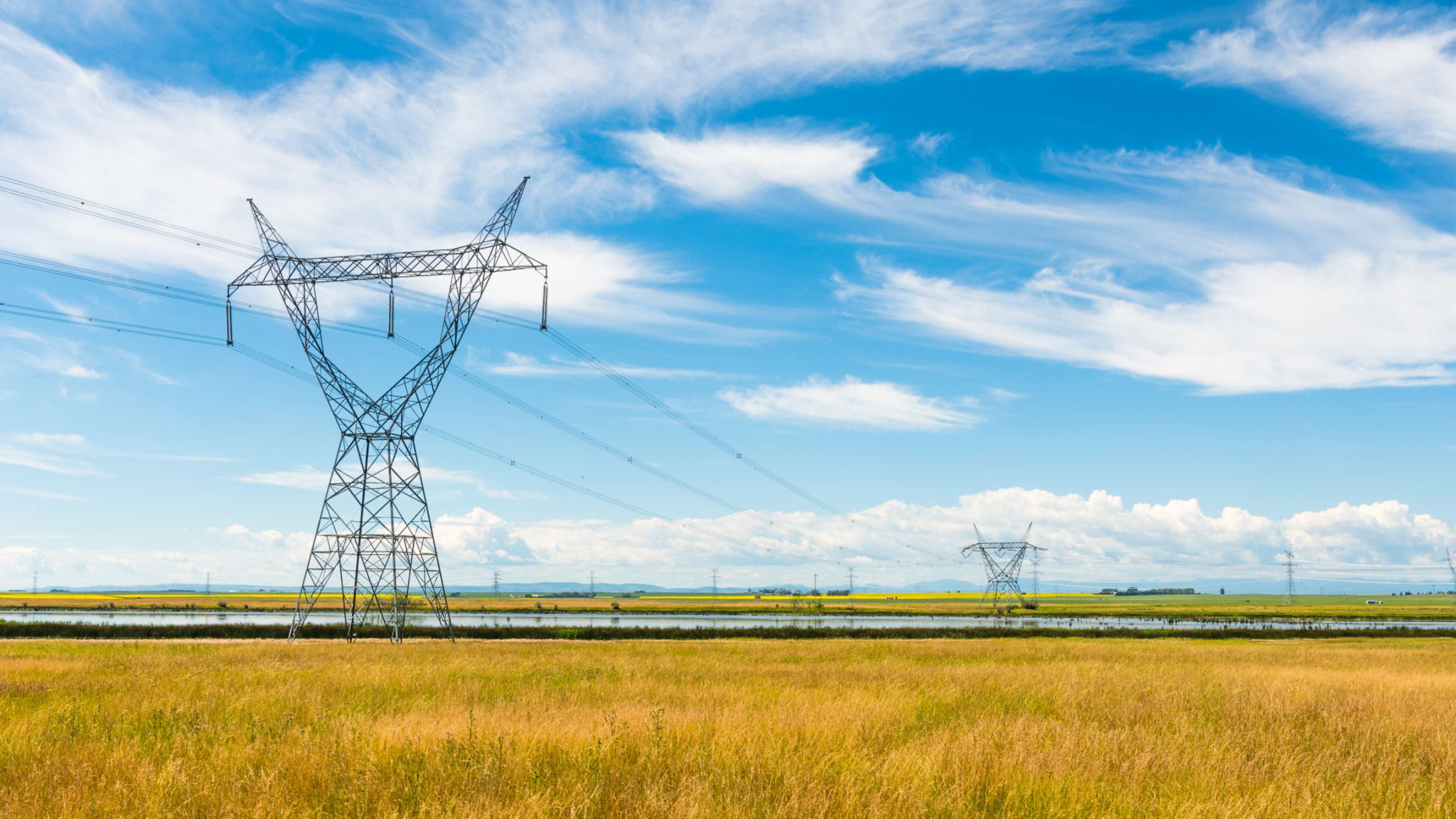Common Myths About Electrical Safety Busted
Understanding the Myths Around Electrical Safety
Electrical safety is a critical aspect of home maintenance and workplace operations, yet it's often clouded by misconceptions. These myths can lead to unsafe practices, potentially causing harm or even fatalities. In this post, we'll debunk some of the most common myths about electrical safety.

Myth 1: Low Voltage Means Low Risk
One of the most pervasive myths is that low voltage equates to low risk. While it may seem that lower voltage systems are less hazardous, they can still pose significant risks. Electrical currents at any voltage can be dangerous if mishandled, leading to shocks or even fires. Always treat all electrical sources with caution and respect.
It's crucial to understand that the severity of an electric shock depends on several factors including the current flow and the path it takes through the body. Even household outlets, which typically operate at 120 volts, can be fatal under certain conditions.
Myth 2: Circuit Breakers Are All You Need for Safety
Circuit breakers are essential for electrical safety, but they are not a catch-all solution. While they do help prevent electrical overloads and short circuits, relying solely on them can be misleading. Proper wiring, regular inspections, and using appliances as intended are all necessary components of a comprehensive electrical safety strategy.

Additionally, circuit breakers should be regularly tested to ensure they function correctly. A malfunctioning circuit breaker can compromise the safety of the entire electrical system.
Myth 3: DIY Electrical Repairs Are Safe
With the rise of online tutorials and DIY culture, many individuals believe they can safely handle electrical repairs themselves. This myth is not only misleading but dangerous. Electrical systems are complex and require professional knowledge to handle safely. Attempting repairs without proper training can result in severe injury or damage.
- Always hire a licensed electrician for electrical work.
- Avoid tampering with electrical panels or wiring.
- Use certified equipment and tools.
Myth 4: Power Lines Are Insulated
A common misconception is that overhead power lines are insulated. In reality, most power lines are not insulated and can pose a severe risk if touched. Even being in close proximity to these lines can be dangerous due to potential arcing. It's important to maintain a safe distance from power lines and report any downed lines immediately.

If you're working near power lines, always ensure that you have proper clearance and that equipment is placed safely away from these hazards.
Myth 5: Electrical Fires Are Visible
Many people believe they will see an electrical fire before it becomes dangerous. Unfortunately, electrical fires often start within walls or out of sight, making them difficult to detect until it's too late. Smoke detectors and regular inspections are vital in detecting potential fire hazards early.
Being aware of warning signs like flickering lights, unusual smells, or discolored outlets can also help in identifying problems before they escalate into fires.
Stay Safe by Knowing the Facts
Understanding the truth behind these myths is crucial for maintaining safety in both homes and workplaces. Always prioritize safety by staying informed and consulting professionals when dealing with electrical issues. By debunking these myths, you can create a safer environment for yourself and others around you.

